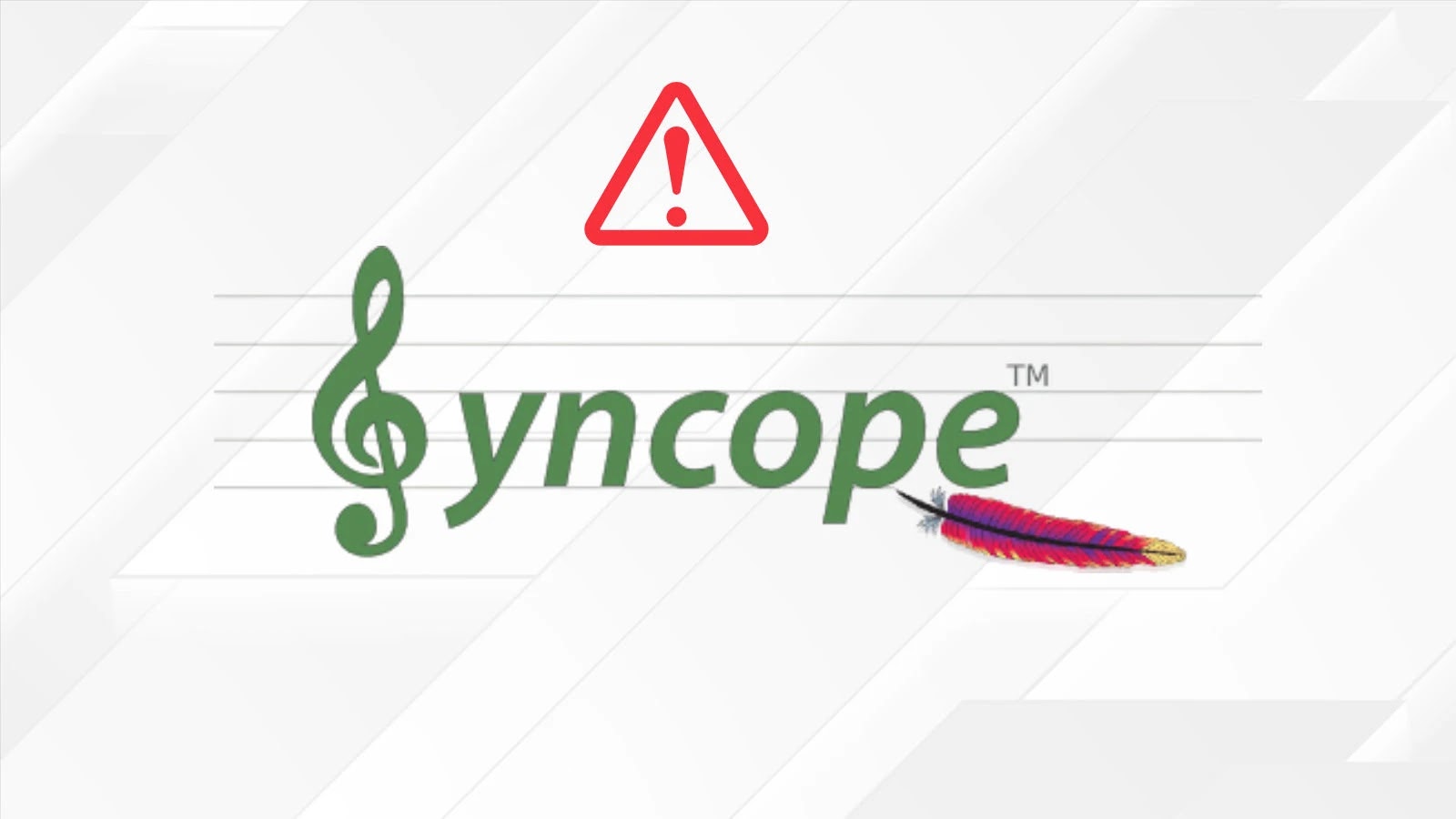
Apache Syncope Groovy RCE Vulnerability Let Attackers Inject Malicious Code
The digital landscape is under perpetual siege, and core identity management systems, which serve as the gatekeepers of user access, are prime targets. A recent discovery has cast a spotlight on Apache Syncope, a widely used open-source identity management solution, revealing a critical Remote Code Execution (RCE) vulnerability. This flaw, tracked as CVE-2025-57738, exposes organizations utilizing unpatched versions of Syncope to severe security risks, allowing attackers to inject and execute malicious Groovy code with administrative privileges.
Understanding the Apache Syncope RCE Vulnerability
Apache Syncope is an open-source identity management system designed to manage user identities, access rights, and provisioning across various applications. Its powerful features include Groovy scripting, which allows administrators to extend its functionality and customize workflows. However, this flexibility has unfortunately become a vector for a critical RCE vulnerability.
The core of CVE-2025-57738 lies in how Apache Syncope handles Groovy scripts. Versions prior to 3.0.14 and 4.0.2 are susceptible to this flaw. In these vulnerable versions, an authenticated administrator can upload malicious Groovy code through the Syncope interface. Once uploaded, this code executes with the full privileges of the Syncope Core process. This means an attacker, having gained administrative access – even through spear-phishing or credential stuffing – can leverage this vulnerability to completely compromise the Syncope environment and potentially pivot to other systems within the network.
The Impact of Malicious Groovy Code Injection
The ability to inject arbitrary Groovy code with RCE capabilities presents a grave threat. An attacker exploiting CVE-2025-57738 could:
- Achieve full system compromise: Execute arbitrary commands on the server hosting Apache Syncope, leading to data theft, system alteration, or deployment of further malware.
- Escalate privileges: Even if initially gaining low-level access, the RCE could be used to gain root or administrator privileges on the Syncope server.
- Manipulate identity data: Alter user credentials, create backdoor accounts, or disable security controls within the identity management system.
- Establish persistence: Plant backdoors or other mechanisms to maintain access even if initial access vectors are mitigated.
- Pivot to other systems: Use the compromised Syncope server as a launching pad for attacks against other interconnected systems in the network.
Remediation Actions for Apache Syncope Users
Addressing CVE-2025-57738 is paramount for organizations utilizing Apache Syncope. Immediate action is required to mitigate the risk. Here are the essential steps:
- Upgrade Apache Syncope: The most crucial step is to upgrade to a patched version. Specifically, users should upgrade to Apache Syncope 3.0.14 or later, or 4.0.2 or later. These versions contain the fix for this RCE vulnerability.
- Review Administrator Privileges: Critically assess who has administrative access to your Apache Syncope instance. Implement the principle of least privilege, ensuring only necessary personnel have high-level permissions. Regularly audit these accounts.
- Monitor for Suspicious Activity: Implement robust logging and monitoring for your Syncope instance. Look for unusual Groovy script uploads, unexpected process executions, or unauthorized access attempts.
- Implement Web Application Firewalls (WAF): A WAF can provide an additional layer of defense by detecting and blocking malicious requests that attempt to exploit vulnerabilities, though it may not fully prevent attacks if administrative credentials are compromised.
- Regular Security Audits: Conduct periodic security audits and penetration tests on your identity management infrastructure to identify and address potential weaknesses proactively.
Security Tools for Detection and Mitigation
While patching is the primary defense, various tools can aid in detecting potential exploitation attempts and bolstering overall security posture for systems running Apache Syncope.
| Tool Name | Purpose | Link |
|---|---|---|
| Nessus | Vulnerability scanning for identifying unpatched systems, including Apache Syncope versions. | https://www.tenable.com/products/nessus |
| OpenVAS | Open-source vulnerability scanner, useful for identifying misconfigurations and unpatched software. | http://www.openvas.org/ |
| Snort / Suricata | Intrusion Detection/Prevention Systems (IDS/IPS) for monitoring network traffic for known attack patterns related to RCE. | https://www.snort.org/ / https://suricata-ids.org/ |
| Enterprise EDR Solutions | Endpoint Detection and Response solutions for monitoring server processes and detecting anomalous activity on the host. | (Varies by vendor, e.g., CrowdStrike, SentinelOne) |
Conclusion
The Apache Syncope Groovy RCE vulnerability (CVE-2025-57738) underscores the critical importance of timely patching and stringent security practices, especially for foundational components like identity management systems. Organizations relying on Apache Syncope must prioritize upgrading to the patched versions (3.0.14+ or 4.0.2+) to eliminate this significant remote code execution risk. Beyond patching, continuous monitoring, rigorous access controls, and regular security assessments are essential for maintaining a resilient cybersecurity posture against evolving threats.





